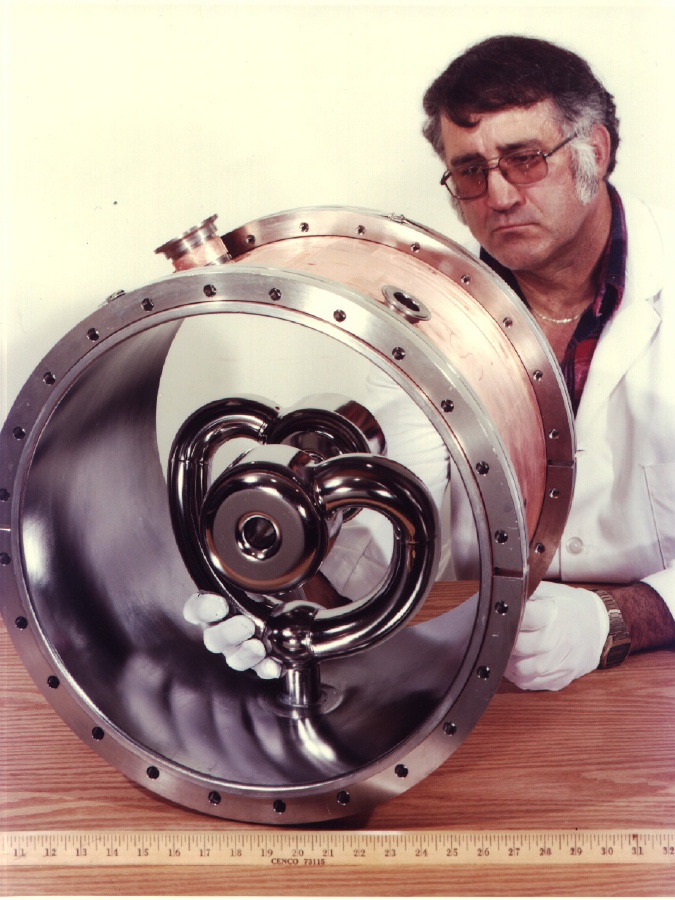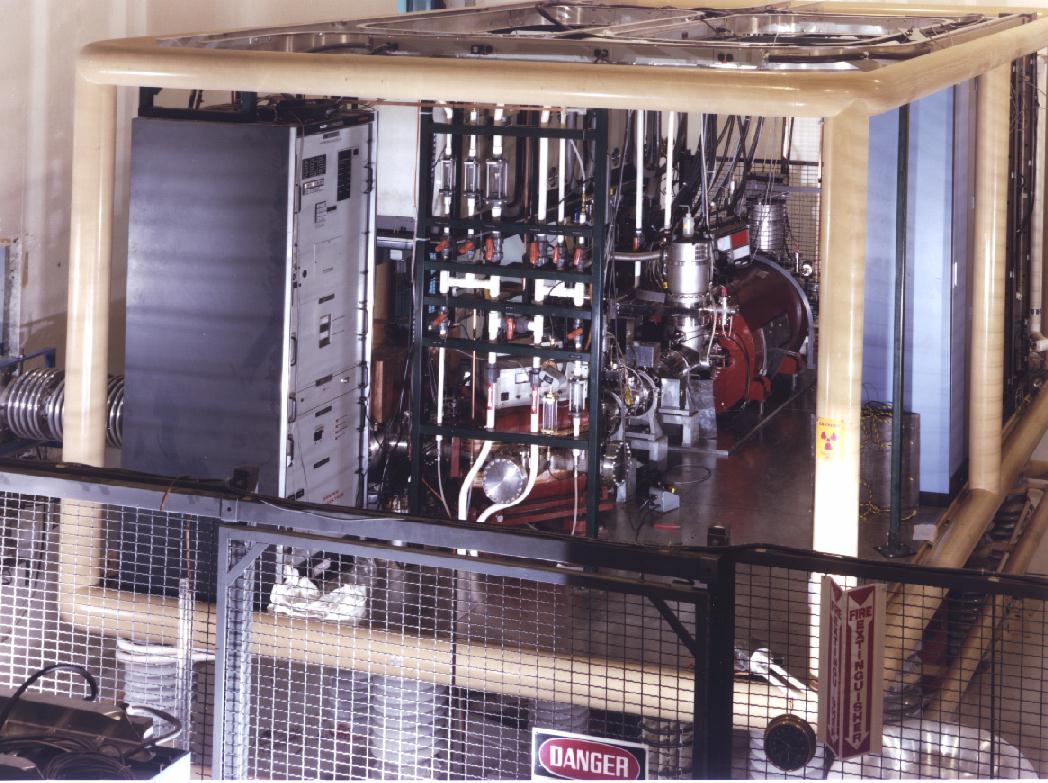
|
|
Radiation Safety at ATLAS
For onsite emergencies, call 911 on the internal phones
(or
252-1911 on cell phones)
Aspects of radiation safety at ATLAS:
- Health Physics Coverage at ATLAS is provided by Argonne
National Laboratory. Health Physics personnel must be notified
if there is a possible contamination incident, or if target and/or
detectors are to be removed from a beam line following an
experiment. HP Contact information:
- George Mosho (Health Physicist): 2-6172 (4-6172 pager)
- Marian Williams (HP Technician): 2-4138 (4-1943 pager)
- Joe Donelan (HP Technician): 2-6062 (4-6062 pager)
- ATLAS requires that a thermolescent dosimeter (TLD) badge
be worn at all times
when within the facility.
- ARIS is the ATLAS Radiation Interlock System. It serves
as an active monitor of radiation levels in the experimental and
accelerator areas. ARIS also provides a mechanism to allow
personnel into areas where beam may be present as long as the
measured dose rate remains below 5 mrem/hr and the 8-hour
integrated dose is less than 10 mrem in the monitored experimental
area.
Similarly, accelerator areas may be occupied as long as
the dose rates are less than 9 mrem/hr and the 8-hour integrated
dose is less than 10 mrem.
-
Use of radioactive sources at ATLAS depends on the type of
source. The types of sources used at ATLAS are divided into two
main catagories, sealed and open, and are typically used for
calibration purposes.
Sealed sources are mainly used for calibrating gamma-ray
detectors and are kept in safes in the experimental hall. Personnel
who have completed the ATLAS Site-specific training and
Radiation Worker I equivalent training are allowed to use
sealed sources.
A thermoluminescent dosimeter (TLD) badge must be worn when using
these sources and they must be signed out prior to use.
Open sources are typically used to calibrate
charged-particle detectors.
The use of these sources is more restrictive. Since there
is the possibility of the spread of radioactive material, more
precautions are needed. Only Physics Division personnel who have
completed the annual Open Source training are allowed to
handle open sources. Furthermore, Health Physics personnel may also
need to be present, depending on the strength and isotope used.
Other sources that are occasionally used at ATLAS are Cf-252
fission sources (open and sealed), and neutron sources (Pu-Be and
Pu-C13). Since these sources contain Special Nuclear Materials
(SNM), their use is restricted to Physics Division personnel.
More information on the use of radioactive sources at ATLAS
may be found in the ATLAS Site-specific training and
Radiation Worker I equivalent training.
- Outside Radioactive Material to be
used at ATLAS needs to be brought in through our Special Materials
representative. This includes calibration sources, radioactive
targets, and any other radioactive materials. Please contact
the ATLAS User Liaison (Frank Moore -
[email protected],
630 252-3624) if you need to bring radioactive material to ATLAS.
- Removal of Equipment used in an experimental area, if it
may have been contaminated or activated by exposure to beam and/or
open sources, can only be done AFTER it has been surveyed by
Health Physics personnel. This would typically apply to targets,
beam line components, and detectors used inside vacuum enclosures.
Also, EVERYTHING that was in
a beamline must be surveyed before it is removed from the experimental
area. However, it is important to be sure that any other items used in
experimental areas have not been activated prior to removal.
Please contact the ATLAS User Liaison (Frank Moore), the ATLAS
User Administrative Assistant (Barbara Weller) or any of the
Health Physics personnel listed above before removing equipment
from experimental areas.
Please Note:
If you have any comments or concerns regarding safety at ATLAS,
please contact the Physics Division Safety Officer, Tom Mullen
([email protected] - (630) 252-2879),
the ATLAS User Liaison (Frank Moore,
[email protected] - (630) 252-3624),
or the Scientific Director of ATLAS (Robert Janssens,
[email protected] - (630) 252-8426).
|










